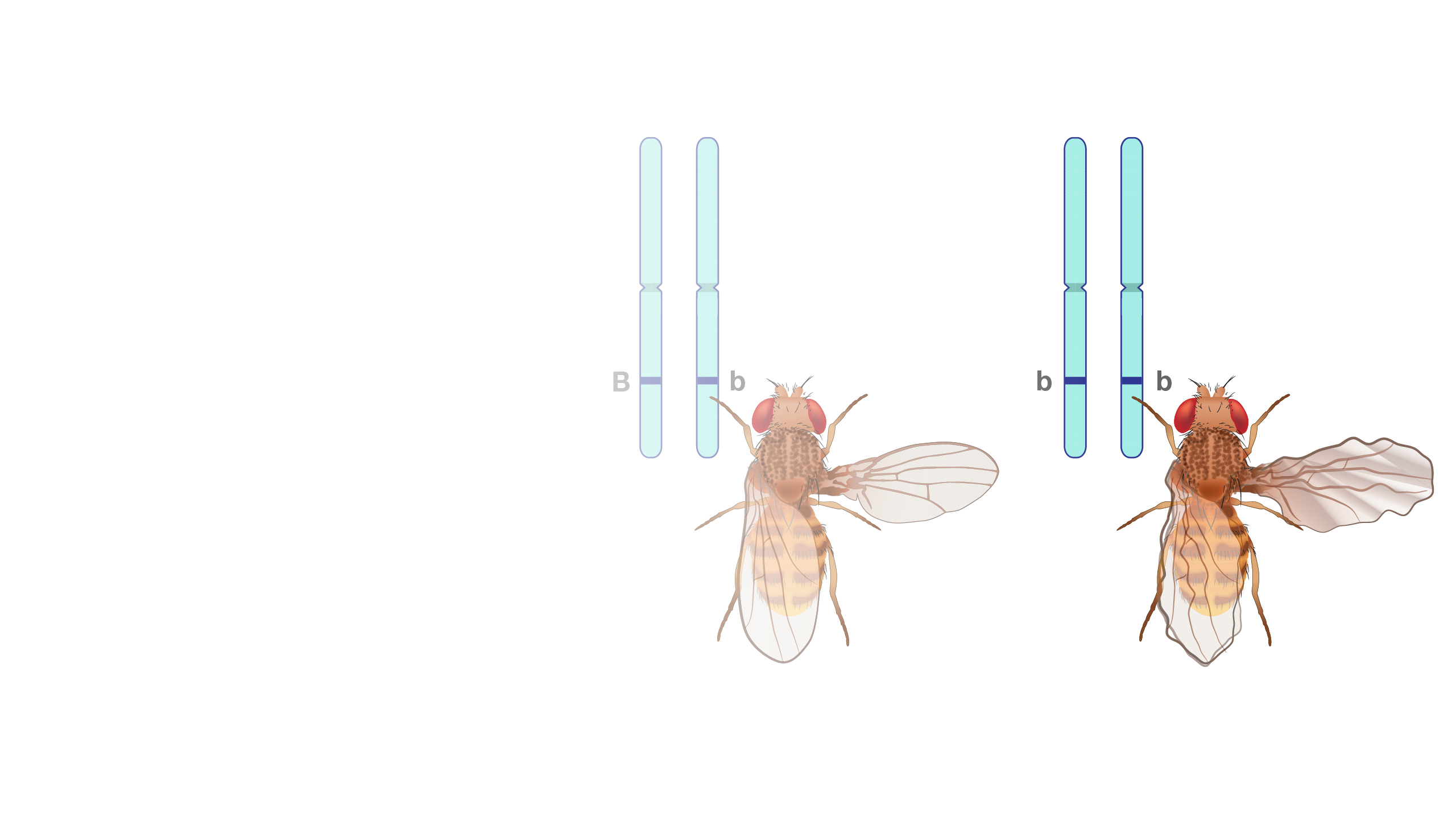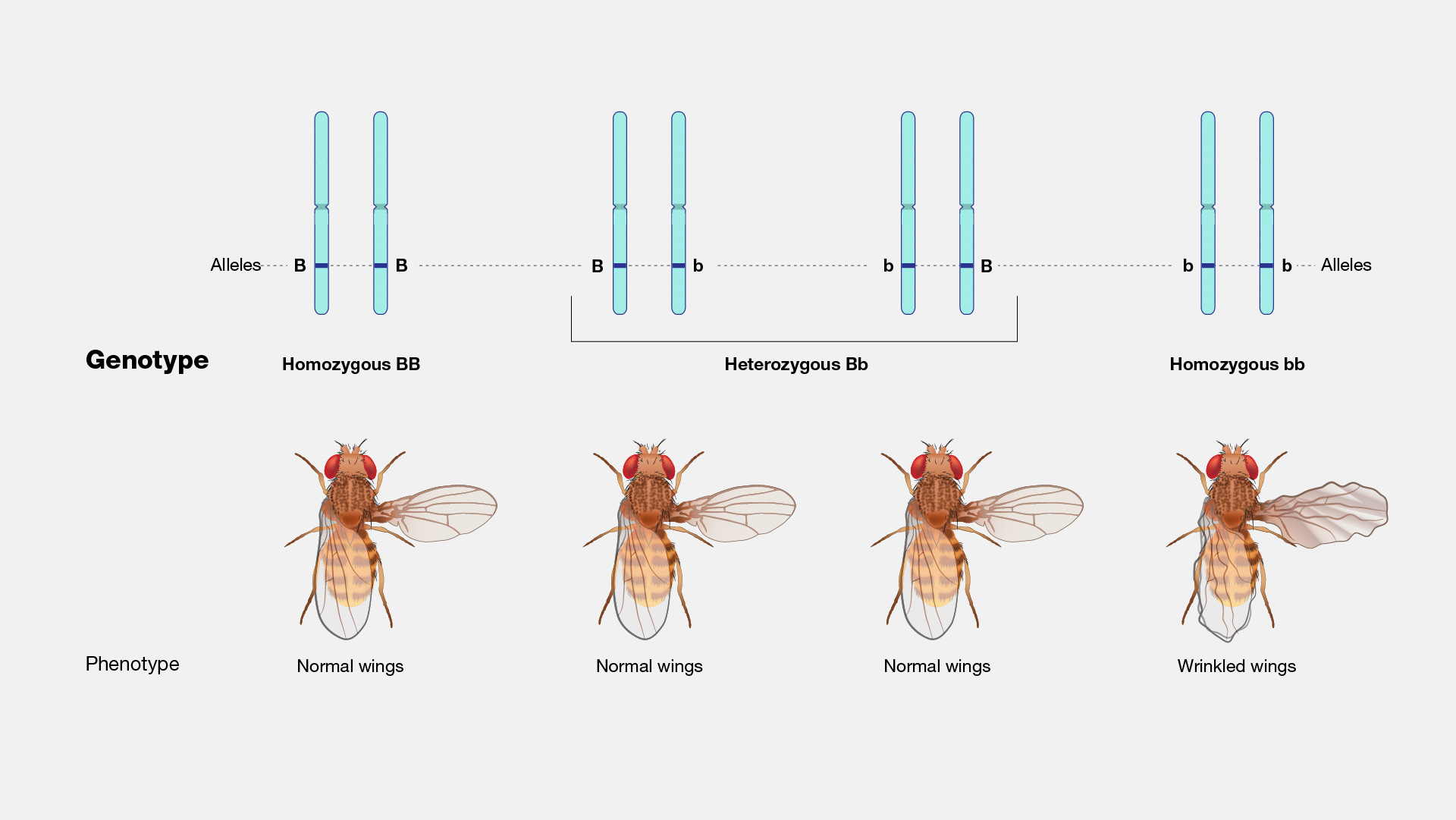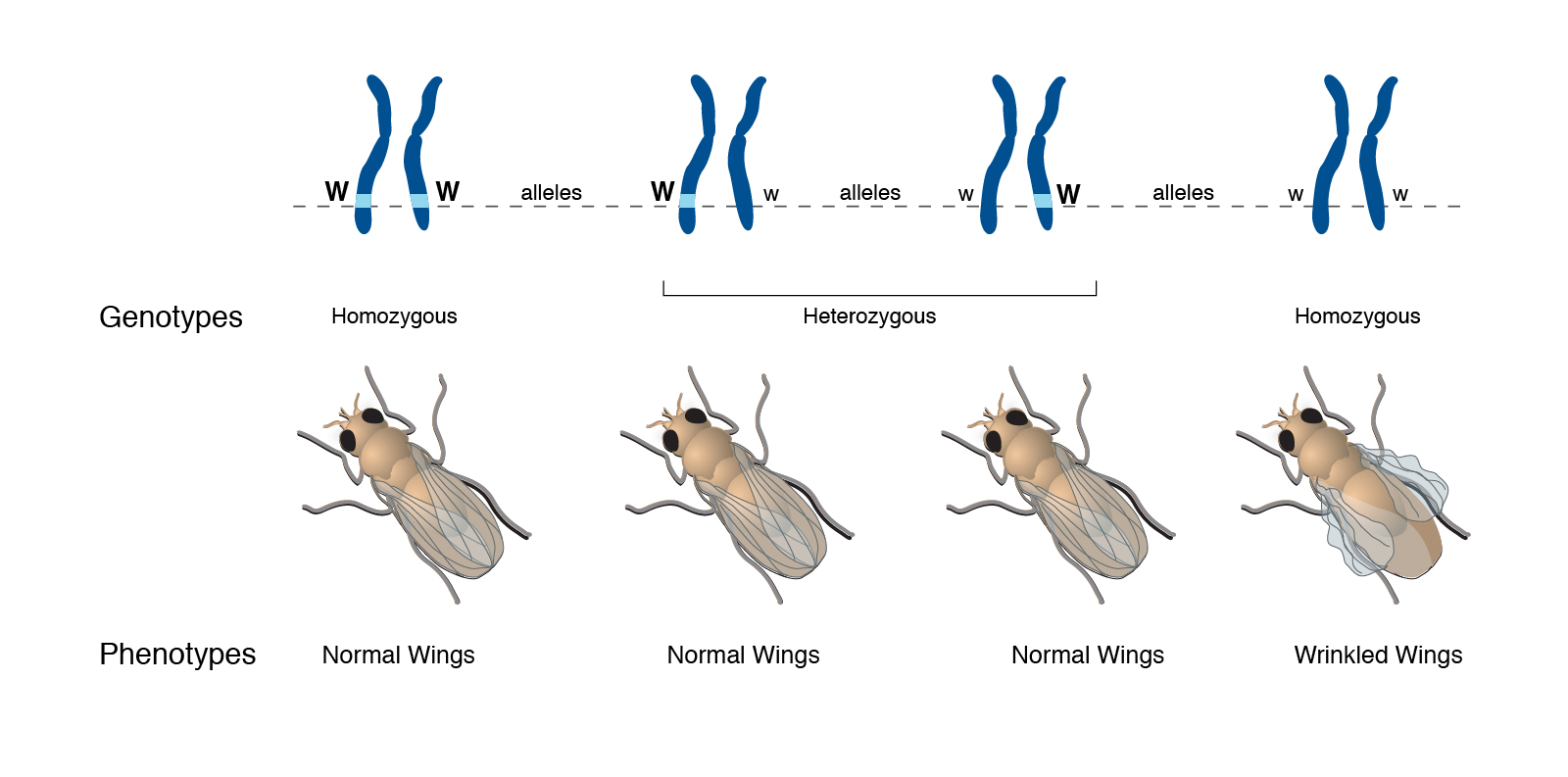Have you ever wondered what makes you, well, you? It's kind of fascinating to think about, isn't it? Our bodies are incredibly intricate, and so much of what we are, from the color of our eyes to how our cells work, is decided by something very small inside us. This something is essentially our genetic instruction book, a sort of hidden guide that shapes many aspects of our existence.
This instruction book comes from our parents, passed down through generations, and it holds all the little details that make up our unique biological story. It's a bit like getting a special recipe that only your family knows, you know? This recipe dictates a lot about how our bodies are built and how they operate, really.
So, when we talk about what is genotype as, we are talking about this very personal, very specific genetic blueprint. It's the core of who we are, biologically speaking, and it's something that scientists and curious people alike find incredibly interesting to explore, in a way. Let's take a closer look at what this really means for us.
Table of Contents
- Understanding Your Genetic Makeup
- Genotype: The Inherited Code
- Alleles and Their Role in Genotype
- Genotype and Observable Traits
- Specific Genotypes: Blood Types and More
- The Importance of Knowing Your Genotype
- Frequently Asked Questions About Genotype
Understanding Your Genetic Makeup
When people ask what is genotype as, they are often trying to grasp the fundamental idea of our genetic composition. A genotype is the complete collection of genes that get passed from parents to their children, you see. It's like the entire set of instructions that can be given from one generation to the next, which is pretty neat.
Alternatively, we can also think of a genotype as the full group of heritable genes that have the ability to be transferred. This really means it is the genetic makeup of an organism, or even a group of organisms, particularly when we are looking at a single trait, or a collection of traits, or even an entire complex group of traits. It's quite comprehensive, actually.
This genetic composition of an individual cell or an entire organism is what decides, or at least influences, its observable characteristics. This process begins very early, from the earliest stages of development, all the way through to adulthood, so it's a constant influence. The genotype is, in essence, the genetic code that exists within the cells of an organism, naturally.
Genotype: The Inherited Code
In simple terms, a genotype refers to the genetic makeup of an organism. It's the blueprint that defines an individual's inherited characteristics, you know? A gene itself can be described as a small part of DNA that holds the information for a particular characteristic or feature, so the genotype is the sum of all these parts, more or less.
In the context of a particular trait, the genotype describes the specific nature of the alleles that relate to that trait. Alleles are different versions of a gene, and the genotype tells us which versions an organism has. This is really about the precise genetic code found in an organism's cells, as a matter of fact.
For example, in many biology classes, especially at the GCSE level, a genotype is explained as the specific combination of alleles that an organism possesses for a certain gene. It is this combination that then interacts with various other factors, eventually leading to what we can see or measure, so it's quite a foundational concept.
Genotype refers to all the pairs of alleles of genes that an individual carries. It's like having two copies of each gene, one from each parent, and the genotype describes which specific versions these two copies are. This is a very basic principle in how traits are passed down, obviously.
Alleles and Their Role in Genotype
A key part of what is genotype as involves understanding alleles. A term that refers to the two alleles present at a specific spot in the genome is also considered genotype. It also refers to the entire genetic makeup of an individual, too, which is quite broad. So, these alleles are really important pieces of the puzzle.
The illustration, for instance, often explores the way different alleles at a particular spot, or locus, relate to an organism's genotype and its observable traits. This relationship is very direct, and it helps us see how the internal code translates into external features. An organism in a model, like a plant, might show this very clearly, apparently.
When we write down a genotype, it's often shown using letters, like "yy" or "YY," for instance. Each letter represents one of the two alleles in the genotype. The allele that is more dominant, the one that shows its effect more strongly, is usually written with a capital letter, while the allele that is less dominant, or recessive, uses a lowercase letter. This system helps us quickly see the genetic combination, you know?
A genotype is called "heterozygous" when the two alleles for a particular characteristic are different. This means the organism has two distinct versions of the gene for that trait. For example, if we have "Aa," those alleles are both different for the same characteristic. This is a very common situation in genetics, actually.
Genotype and Observable Traits
The genetic composition of an individual cell or organism is known as its genotype, and this genotype determines or at least influences its phenotype. The phenotype is the term for all the characteristics we can observe, which are coded for by the genes. This includes things like hair color, blood type, or even if someone can digest lactose, so it's quite varied.
An individual's genotype is the combination of alleles they possess for a specific gene. Their phenotype, on the other hand, is the combination of their observable characteristics. So, the genotype is the underlying code, and the phenotype is what we actually see or measure. It's a fundamental distinction in genetics, basically.
The genotype of an organism interacts with its environment and other factors to produce the phenotype. This interaction is quite complex, meaning that while the genotype provides the instructions, the final outcome can be shaped by other influences. This is why two individuals with very similar genotypes might still show slight differences in their observable traits, you know?
The genotype ratio of a monohybrid cross, for example, gives us really valuable insights into the genetic makeup of offspring. It acts as a foundation for understanding the basic principles of how genetic inheritance works. This ratio shows us the likelihood of different genetic combinations appearing in the next generation, which is pretty useful.
Students often learn about how a change in the nucleotide sequence, which is a tiny part of the DNA, can affect the phenotype. This shows just how sensitive the genetic code is and how small changes can lead to noticeable differences in an organism's characteristics. It's a key concept in genetics, honestly.
Specific Genotypes: Blood Types and More
When we talk about specific examples of what is genotype as, blood genotype comes up quite often. Blood genotype refers to the genetic makeup of the blood in an individual. These genotypes are always in pairs, and there are five common ones people talk about: Aa, AS, AC, SS, and SC. These combinations decide a person's blood type and related characteristics, as a matter of fact.
For instance, understanding these blood genotypes is important for various medical reasons, like blood transfusions or even when considering certain health conditions. Each pair of alleles for blood type has a specific meaning and can lead to different outcomes, so it's a very practical application of genotype knowledge, really.
Beyond blood types, genotypes apply to countless other traits. Every characteristic, from the shape of your nose to how your body processes certain foods, has an underlying genotype. It's the genetic instruction set for every single feature, whether it's easily visible or something happening at a cellular level, you know?
The Importance of Knowing Your Genotype
Knowing your genotype can be a significant thing to consider, especially before choosing a life partner, for example. This is because marrying someone who has genotype incompatibility with you could potentially lead to certain health challenges for any children you might have. It's a very practical aspect of genetics that can impact family planning, in a way.
Understanding the basics of what is genotype as can help people make informed decisions about their health and their family's health. It provides a foundation for discussions with medical professionals about inherited conditions or predispositions. It's about being aware of your own genetic blueprint, which is pretty empowering, actually.
For anyone studying biology, learning about genetics key terms like alleles, genotypes, phenotypes, and dominance is quite fundamental for their courses. These terms form the building blocks for understanding how life works at a very basic level, and how traits are passed down through generations. It's a core piece of biological knowledge, obviously.
The genotype provides the raw material, the potential, for an organism's traits. It's the inherited set of instructions that guides development and function throughout life. So, knowing about genotype means knowing about the very essence of biological inheritance, which is quite fascinating, you know?
Frequently Asked Questions About Genotype
People often have questions when they first learn about genetics, and some common ones come up about genotype. Here are a few thoughts on those.
What is the difference between genotype and phenotype?
Basically, the genotype is an organism's genetic makeup, the collection of genes it carries. The phenotype, on the other hand, is the term for all the observable characteristics that these genes code for. So, the genotype is the hidden code, and the phenotype is what you can actually see or measure, like hair color or blood type, you know?
What determines a phenotype?
A phenotype is determined by an individual's genotype interacting with the environment. While the genotype provides the instructions, how those instructions are carried out can be influenced by external factors. It's a combination of your inherited genes and the conditions you live in that shapes your observable traits, actually.
What are the types of blood genotype?
Blood genotype refers to the genetic makeup of an individual's blood. There are five common pairs of alleles for blood genotype: Aa, AS, AC, SS, and SC. These specific combinations determine a person's blood group and other related characteristics, which is quite important for health purposes, naturally.
Learn more about genetics on our site, and link to this page here for further details.



